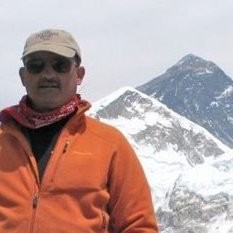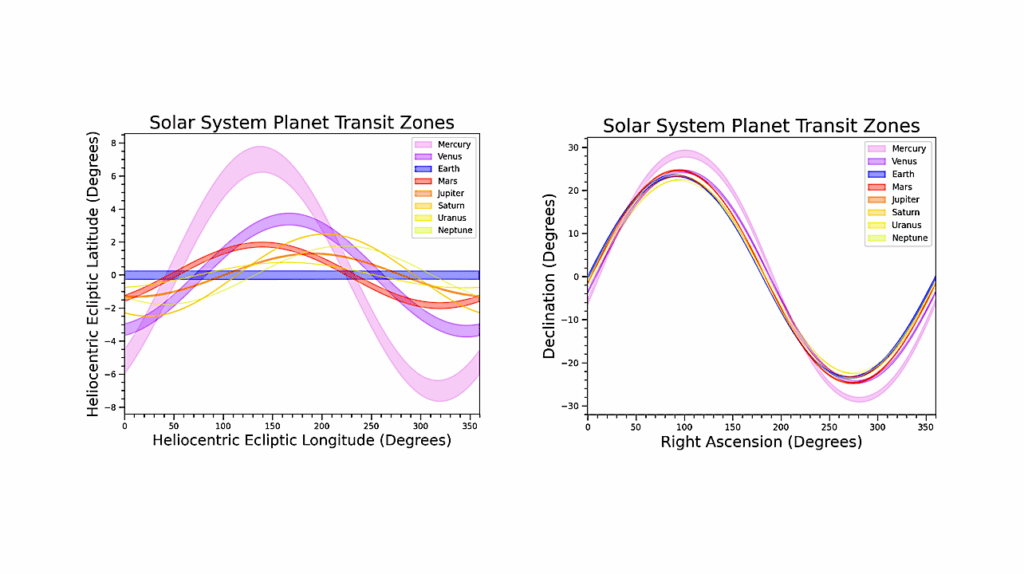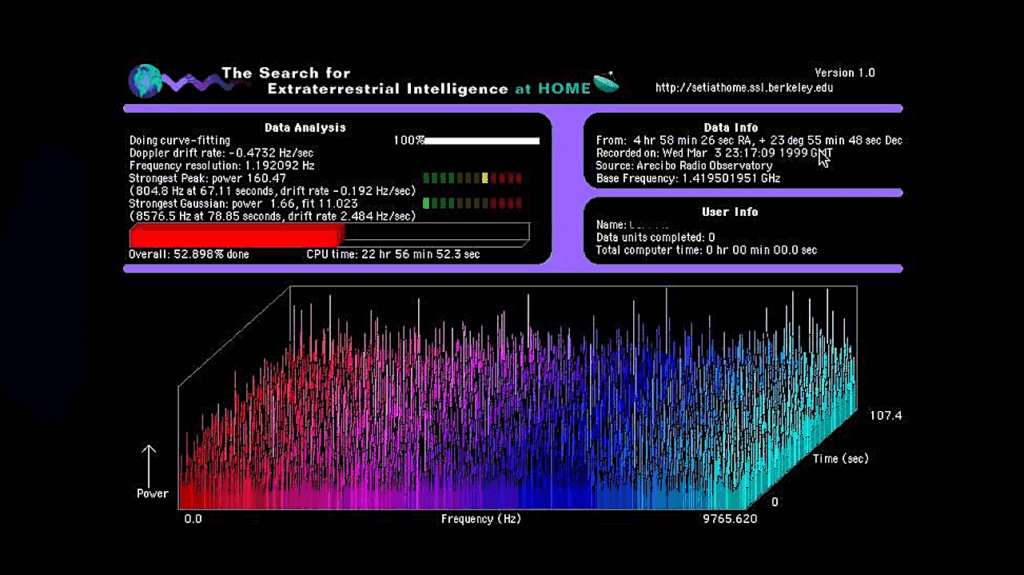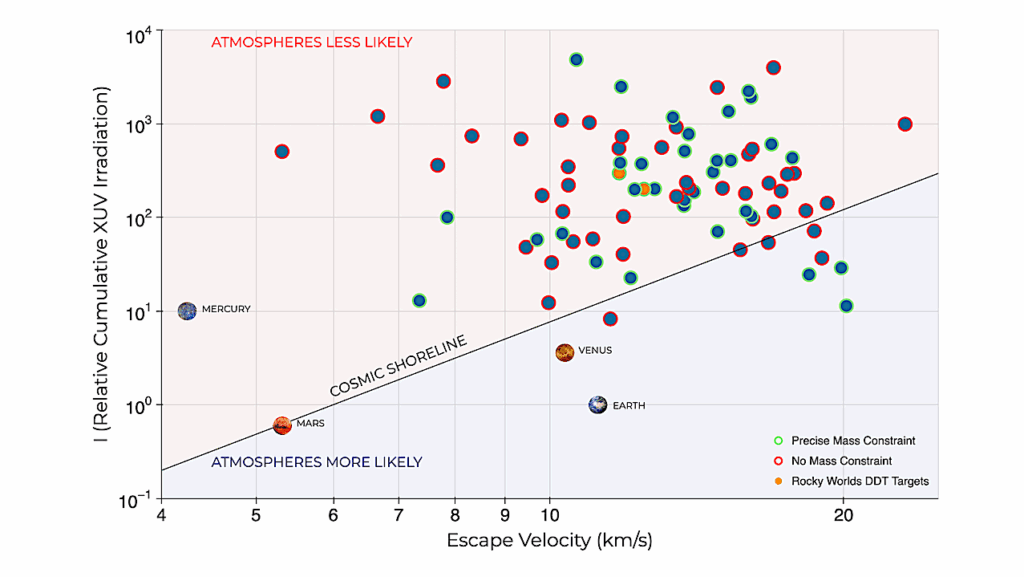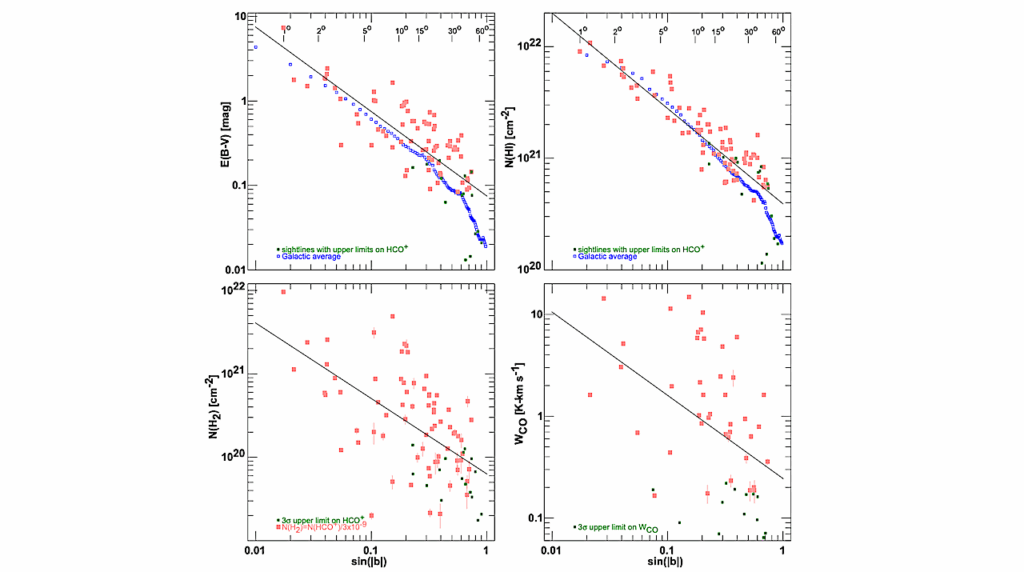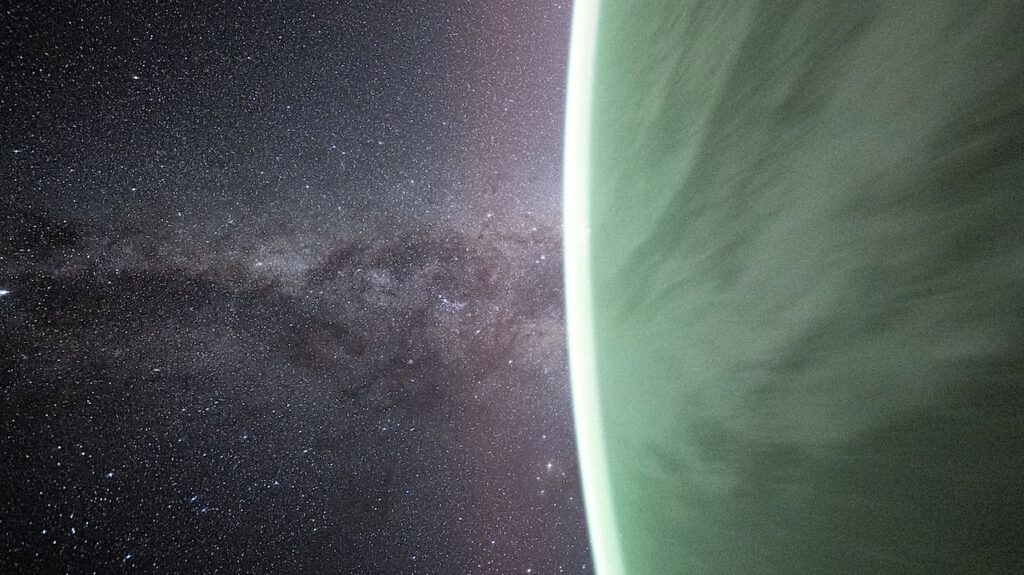Bioverse: Potentially Observable Exoplanet Biosignature Patterns Under the UV Threshold Hypothesis for the Origin of Life
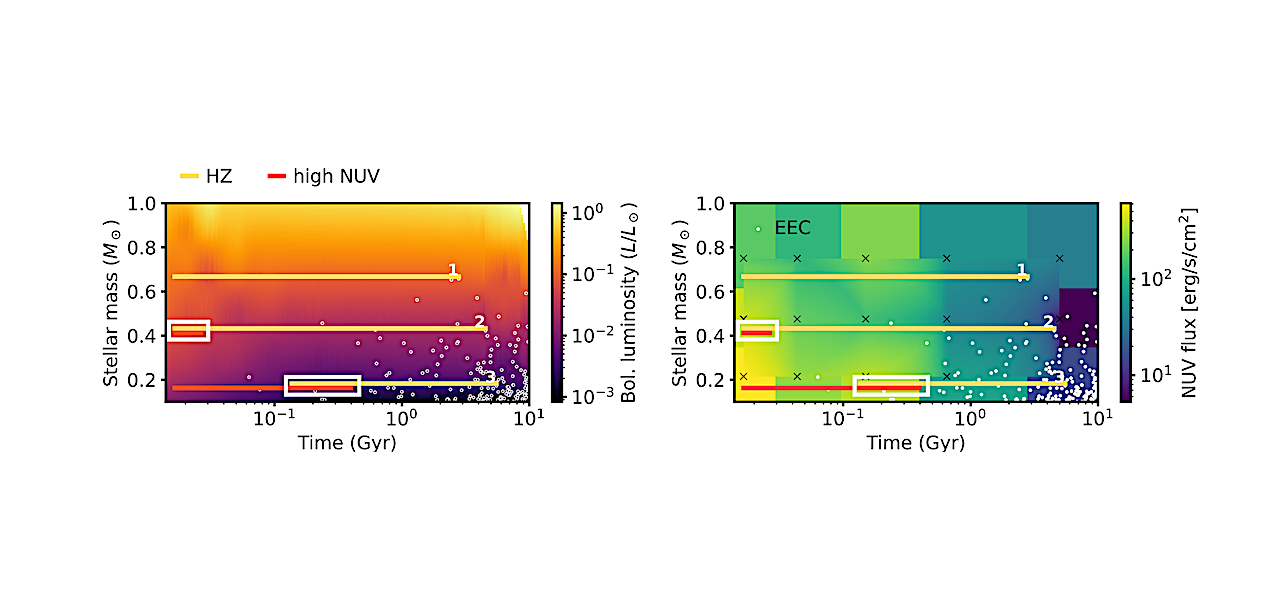
A wide variety of scenarios for the origin of life have been proposed, with many influencing the prevalence and distribution of biosignatures across exoplanet populations. This relationship suggests these scenarios can be tested by predicting biosignature distributions and comparing them with empirical data.
Here, we demonstrate this approach by focusing on the cyanosulfidic origins-of-life scenario and investigating the hypothesis that a minimum near-ultraviolet (NUV) flux is necessary for abiogenesis. Using Bayesian modeling and the \bioverse\ survey simulator, we constrain the probability of obtaining strong evidence for or against this “UV Threshold Hypothesis” with future biosignature surveys.
Our results indicate that a correlation between past NUV flux and current biosignature occurrence is testable for sample sizes of ≳50 planets. The diagnostic power of such tests is critically sensitive to the intrinsic abiogenesis rate and host star properties, particularly maximum past NUV fluxes.
Surveys targeting a wide range of fluxes, and planets orbiting M dwarfs enhance the chances of conclusive results, with sample sizes ≳100 providing ≳80% likelihood of strong evidence if abiogenesis rates are high and the required NUV fluxes are moderate. For required fluxes exceeding a few hundred erg/s/cm2, both the fraction of inhabited planets and the diagnostic power sharply decrease.
Our findings demonstrate the potential of exoplanet surveys to test origins-of-life hypotheses. Beyond specific scenarios, this work underscores the broader value of realistic survey simulations for future observatories (e.g., HWO, LIFE, ELTs, Nautilus) in identifying testable science questions, optimizing mission strategies, and advancing theoretical and experimental studies of abiogenesis.
Martin Schlecker, Dániel Apai, Antonin Affholder, Sukrit Ranjan, Régis Ferrière, Kevin K. Hardegree-Ullman, Tim Lichtenberg, Stéphane Mazevet
Comments: 23 pages, 14 figures. Accepted for publication in The Astrophysical Journal. All source code is available at Paper source and code for the article “Bioverse: Potentially Observable Exoplanet Biosignature Patterns Under the UV Threshold Hypothesis for the Origin of Life”
Subjects: Earth and Planetary Astrophysics (astro-ph.EP)
Cite as: arXiv:2504.04261 [astro-ph.EP] (or arXiv:2504.04261v1 [astro-ph.EP] for this version)
https://doi.org/10.48550/arXiv.2504.04261
Focus to learn more
Related DOI:
https://doi.org/10.3847/1538-4357/adc8a9
Focus to learn more
Submission history
From: Martin Schlecker
[v1] Sat, 5 Apr 2025 19:41:06 UTC (1,347 KB)
https://arxiv.org/abs/2504.04261
Astrobiology,

